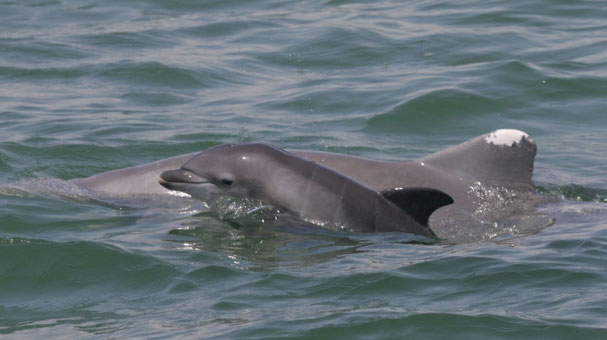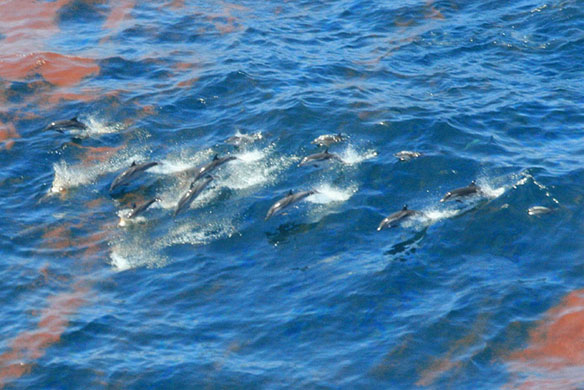The Deepwater Horizon aftermath

Researchers have analyzed 125 compounds from oil spilled in the Gulf of Mexico to determine their longevity at different contamination.
USGS, NASA Study Finds Widespread Coastal Land Losses from Gulf Oil Spill

A new USGS-NASA study found widespread shoreline loss along heavily oiled areas of Louisiana’s coast after the 2010 BP Deepwater Horizon oil spill and compared the erosion from the spill with coastal changes Hurricane Isaac caused in 2012.
Deepwater Horizon oil spill caused widespread marsh erosion

The Deepwater Horizon oil spill six years ago caused widespread marsh erosion that may be permanent in some places, according to a new analysis of 270 miles of the Louisiana, Mississippi and Alabama coasts.
Effective monitoring to evaluate ecological restoration in the Gulf of Mexico

To improve and ensure the efficacy of restoration efforts in the Gulf of Mexico following Deepwater Horizon, a new report recommends a set of best practices for monitoring and evaluating ecological restoration activities. The report finds that the majority of past U.S. restoration efforts have not been adequately monitored to assess or improve restoration efficacy.
BP Oil Spill Trashed More Shoreline Than Scientists Thought

The largest oil spill in U.S. history was even bigger than previously thought, at least in terms of the amount of coastline that was oiled, scientists report in a new study. The findings shed new light onto the BP Deepwater Horizon disaster in the Gulf of Mexico, which began six years ago Wednesday.
Gulf of Mexico perinatal dolphin deaths likely result of oil exposure

The increased number of stranded stillborn and juvenile dolphins found in the Gulf of Mexico from 2010 to 2013 was likely caused by chronic illnesses in mothers who were exposed to oil from the Deepwater Horizon spill, scientists said today.
Births Down and Deaths Up in Gulf Dolphins

Scientists are reporting a high rate of reproductive failure in dolphins exposed to oil from the Deepwater Horizon spill. The team has monitored these bottlenose dolphins in heavily oiled Barataria Bay for five years following the spill. Their findings suggest that the effects of the Deepwater Horizon oil spill will be long-lasting.
AP Exclusive: Gulf Oil Wells Lingering With Temporary Seals

In July 2010, during the BP oil spill, the AP reported that the Gulf was littered with more than 27,000 unused wells, including 14 percent left with just temporary seals. New analysis of federal data shows that the neglect of long-idle wells has intensified since 2010, despite the federal push after the BP accident.
Deepwater Horizon Oil Spill Killed Large Numbers of Dolphins, Study Suggests

Large numbers of dolphins have died as a direct result of the Deepwater Horizon oil spill, new evidence suggests. Dead bottlenose dolphins stranded in the northern Gulf of Mexico since the spill have lung and adrenal gland injuries consistent with petroleum exposure, scientists have discovered.
